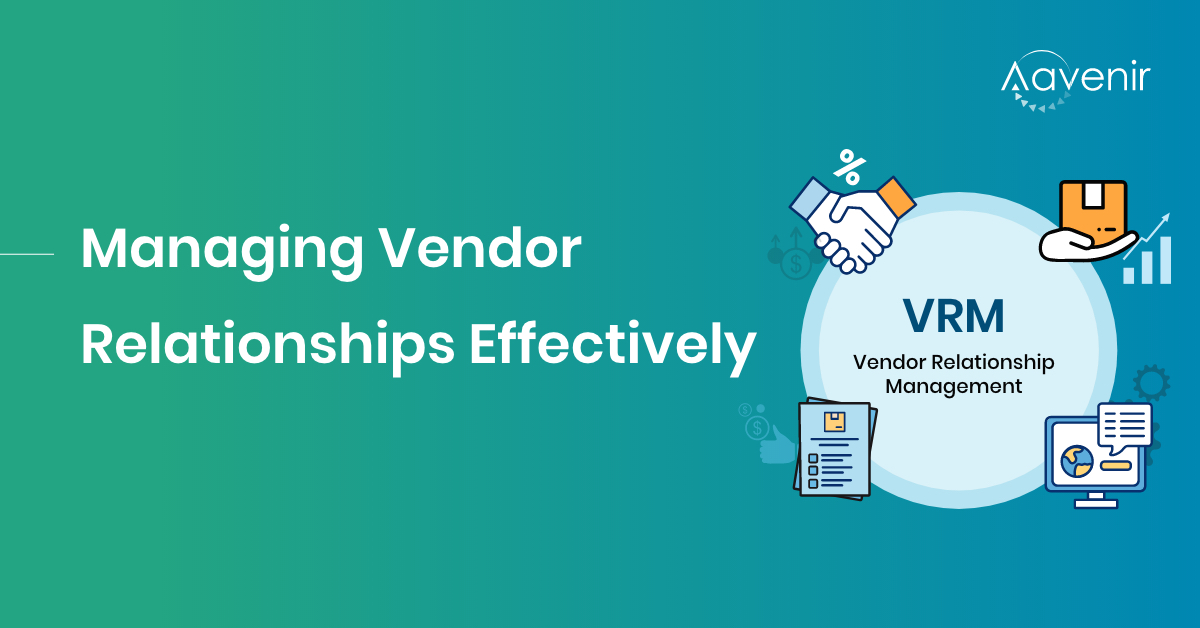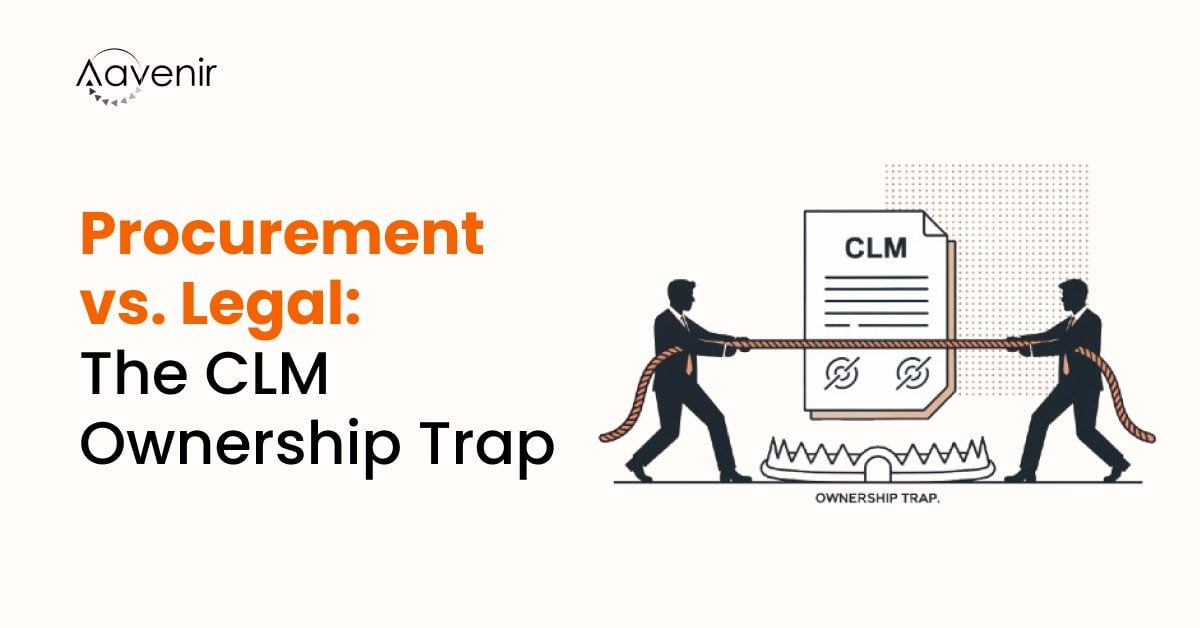Taking Vendor Relationship Management to The Next Level
Early in the 1960s and 1970s, US automotive companies were ceding market share to Japanese auto companies. (Honda, etc). By the late 1970s, most Industry experts and consultants rushed to Japan to understand “Why organizations were highly successful”. The consultant could identify best practices of continuous quality improvement in organizations. Surprisingly, the DNA of best practices was also present among 3rd party vendors in the auto ecosystem. These vendors had produced the best parts and imbibed the best practices internally. With this inside knowledge, American companies tried to replicate the supply chain but still failed to deliver. The lengthier US contracts had tied in highest quality SLAs compared to shorter 2-3 pages of Japanese contracts. Most outsiders were baffled at short vendor contracts and how Japanese companies could perfect the complex web of automotive parts?
The answer was “Keiretsu”. (a Japanese term relating to a network of customers and their vendors working within a related industry, or with a single customer.) Most Japanese automotive organizations had heavily invested in vendor development and good vendor relationships. Each part had a fixed vendor, and each vendor was in a long-term relationship with the organization. The long-term relationship was held together by financial investments and proprietary research and customization. This was a mutual relationship that held each party in higher regard and tied in for financial goals.
How can organizations worldwide build better vendor relationships?
Most organizations choose vendors based on the cheapest option available. Organizations need to also look at other factors while choosing vendors. Three ways to improve vendor relationships are:
1. Increased Transparency with Vendors
Organizations can start becoming transparent on best practices and about the company’s goals. Some organizations invite vendors to meetings regularly for sharing company vision and remain inclusive of vendors. Good vendors appreciate being included and help organizations to scale up.
2. Respect Contractual Obligations
Both customers and vendors respect and adhere to contract terms and obligations. Organizations should respect the payment terms agreed. Some organizations do not pay bills on time and build a reputation. The best vendors stay away from such organizations and eventually the trust fades away within existing vendors.
3. Vendor Qualification and Review
Vendor performance is a key aspect of improving relationships. Best-in-class organizations are regular in reviewing the performance of vendors and improving vendor accountability. This helps in continual improvement and also in outlining vendor expectations.
Takeaway
Improving vendor relationships is a no-brainer way to innovate in an organization. Best vendors bring in innovation and stay organizations to remain relevant. Vendors would want to be part of your ecosystem as your reputation grows and how you treat your vendors.



